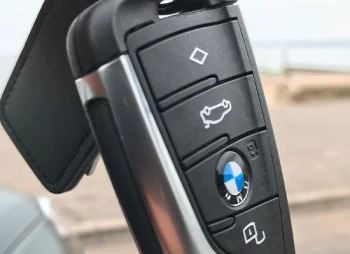As a fleet manager, it’s your responsibility to ensure your drivers are fit to drive
Creating an effective system to check drivers’ licences will help reduce the risk to your business, keep your employees safer on the roads and reduce the administrative burden.
The administrative tasks can seem endless, but one of your key obligations in fleet management is ensuring that your drivers all have valid licences. This is not only important from a health and safety perspective, but it also mitigates the potential financial risk to your business should the worst happen.
And it’s not just fleet drivers you need to be checking.
You also need to check the licences of anyone who uses a vehicle during work hours, which includes company car, pool car and grey fleet drivers.






